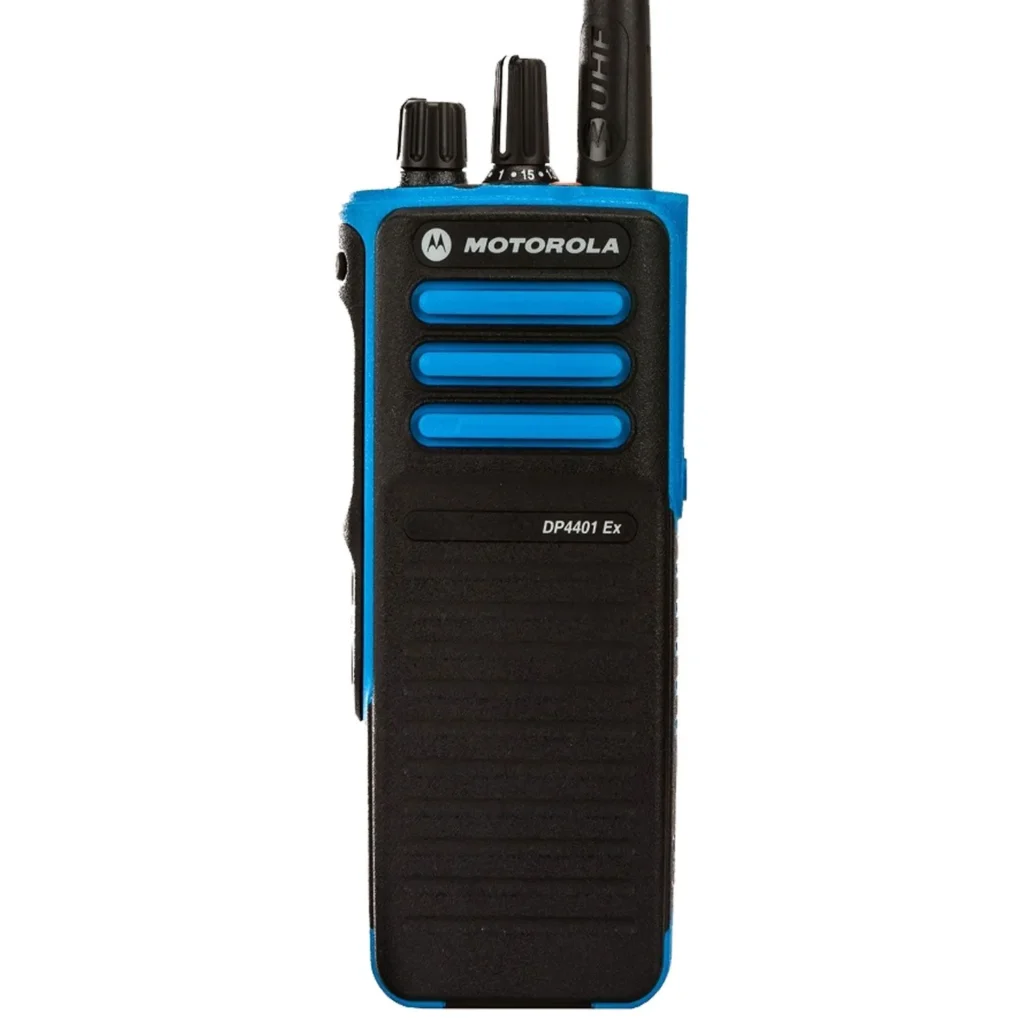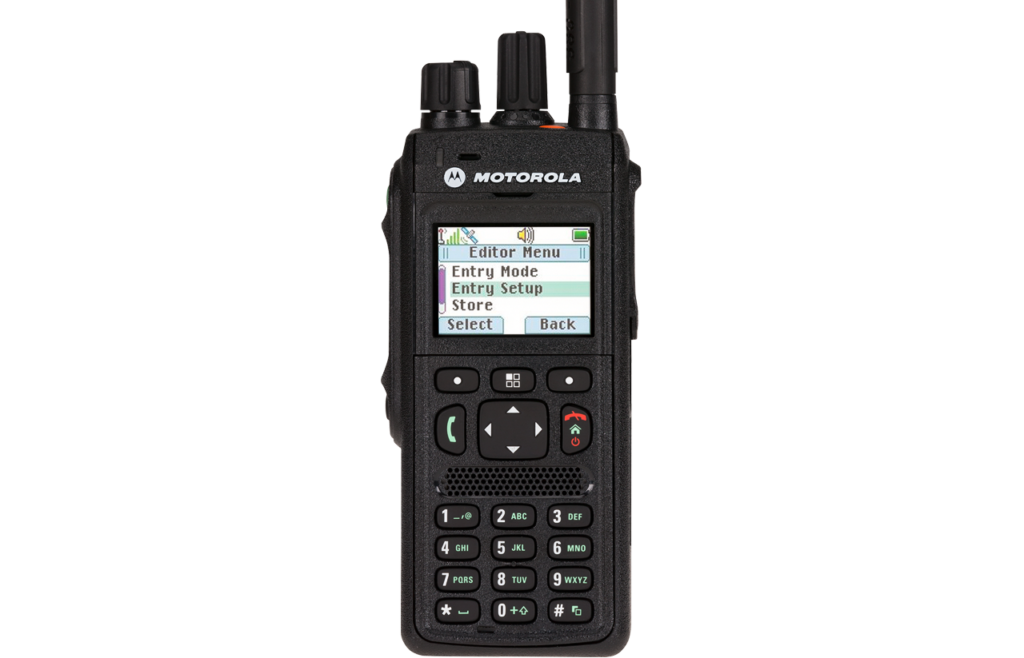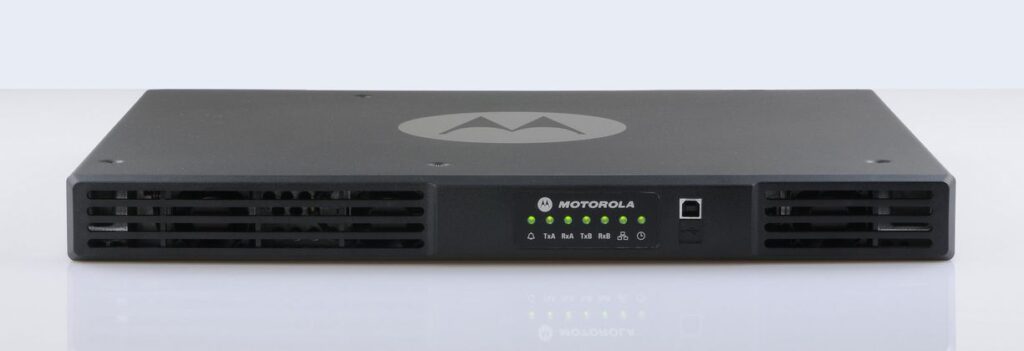In the world of communication networks, there are many moving parts that work together to ensure smooth and uninterrupted communication. From mobile phones and radios to specialized systems like TETRA radios, these systems rely on a vast network of infrastructure. One of the most critical and often overlooked components of this network is the base station. A base station serves as the backbone of communication, enabling mobile devices to connect to the network, facilitating smooth data transfer, and ensuring reliable voice communication.
Whether you’re using your mobile phone for a call, relying on radio communication for a remote operation, or utilizing advanced communication systems for emergency response, base stations are the unsung heroes behind the scenes, working tirelessly to keep everyone connected. But what exactly is a base station, and why is it so essential to the communication systems we depend on every day? Let’s dive deeper into understanding its role and importance.
What is a Base Station?
A base station constitutes a vital component of equipment in a wireless communication network system as it integrates the mobile terminals and the other parts of the network. It serves as an intermediary point of communication, sending and receiving to and from mobile phones, radios, and other wireless terminals. A base station generally manages several mobile connections at the same time. Hence, the users are free to move about.
The Best Base Stations for Reliable and Secure Communication
In any communication network, a base station serves as the backbone that provides smooth and uninterrupted connectivity. To set up a mobile network, a mission critical communication system, or manage daily business communication, a base station has to be chosen correctly. For businesses and service providers, Motorola base stations are among the top choices due to their unmatched reliability, performance and adaptability. Thus, that is the reason why Motorola base stations are considered the best in the industry.
The Role of Motorola Base Stations in Communication Networks
When it comes to reliability and performance in communication, Motorola base stations are among the top choices for businesses and service providers. Known for their high-performance standards, Motorola base stations provide solutions that can scale with your network’s growing demands, ensuring that your communication infrastructure remains stable and effective.
Motorola DP 4401 EX ATEX Base Station

The Motorola DP 4401 EX ATEX is a rugged, high-performance two-way radio specifically designed for use in hazardous environments. It’s perfect for industries that require explosion-proof communication equipment, such as chemical plants, oil rigs, and mining operations.
Features:
- Intrinsically Safe: Certified for use in hazardous areas (ATEX rated).
- Digital and Analog Modes: Offers the flexibility of digital and analog communication.
- Noise-Cancelling Technology: Clear voice communication in noisy environments.
- Durable Build: Built to endure tough conditions and challenging work environments.
- Long Battery Life: Keeps communication going for extended periods.
Best For: Oil and gas companies, mining operations, and other industries requiring explosion-proof radios.
Motorola MTP 3000 (Tetra Radio System)

The Motorola MTP 3000 is a TETRA (Terrestrial Trunked Radio) system-based device designed for public safety organizations, emergency services, and large-scale enterprises requiring secure, mission-critical communication.
Features:
- Enhanced Audio: Noise suppression and clear communication in high-stress environments.
- Rugged Design: Made to handle extreme heat, dust, and water.
- Long-Lasting Battery: Ideal for long-duration use in the field.
Best For: Emergency services, public safety organizations, and large enterprises requiring high-security communication systems.
Motorola MTR 3000 Base Station

The Motorola MTR 3000 is a powerful base station built for large-scale, high-performance communication. This system is part of the TETRA network and is ideal for critical communication in sectors such as public safety, utilities, and large industrial organizations.
Features:
- TETRA-Compatible: Designed to operate seamlessly in the TETRA network, providing secure communication for mission-critical operations.
- High Power Output: Offers robust performance for large-area coverage.
- Advanced Connectivity: Supports full integration with multiple communication systems, ensuring versatility in any environment.
- Rugged Design: Built for continuous, heavy-duty use in harsh conditions.
- Efficient Network Management: Provides seamless integration with the TETRA system for effective resource management.
Best For: Large enterprises, public safety organizations, and industries requiring secure, reliable, long-range communication systems.
Motorola SLR 5500 Base Station

The Motorola SLR 5500 is a strong base station built for high-performance communication in large networks. It’s specifically built for use in professional communication systems, offering excellent reliability and scalability.
Features:
- Advanced Digital Performance: Delivers superior digital audio quality and reliable communication over long distances.
- High Power Output: Ideal for large-scale coverage, ensuring communication over a wide area.
- Compact and Efficient Design: Offers a small footprint, making it easy to install and manage.
- Flexible Configuration: Can be customized to meet specific network requirements.
Best For: Large-scale communication networks, public safety services, and enterprises requiring a highly reliable base station for mission-critical operations.
TETRA Base Stations: Essential for Critical Communication

For the most important communications, TETRA base stations stand as some of the most trustworthy and dependable systems. These TETRA base stations are specifically tailored for sectors where reliability, security, and clarity are paramount. First responders, public safety agencies, and transportation networks rely on these systems for seamless communications, even in the most challenging and demanding circumstances. The TETRA base system is designed for the most rugged environments and offers dependable and secure communications during disaster response, military activities, and critical infrastructure operations. TETRA radio base stations invariably guarantee the availability of primary communication systems in any location, be it urban or rural.
Key Features of TETRA Base Stations:
- Secure Communication: The TETRA base system supports encrypted communication, making it ideal for military, emergency, and governmental use.
- High Availability: These systems are designed to offer redundancy, ensuring that communication channels remain open even during network failures.
- Wide Coverage: The TETRA base station provides extensive coverage, ensuring that users can communicate over vast distances, even in remote areas.
Walkie Talkie Suppliers and Their Use of Base Stations
Base stations allow for a portable two-way radio and walkie-talkie’s range to be extended. A walkie-talkie supplier ensures their equipment effectively clears communication for base stations. These devices are common in construction, security, and event management where quick communication is imperative.
While mobile networks may not reach certain areas, users are able to stay connected over large regions because of base stations. The walkie-talkies base stations manage radio signals to guarantee, even in very noisy environments, clear communication. Interference during communication is avoided as well. Additionally, rechargeable walkie-talkies are able to talk for longer periods during low power.
Why Base Stations are Vital for Modern Communication
Without base stations, modern communication systems would collapse. Whether it’s a Motorola base station for mobile communication, a TETRA radio base station for public safety, or a walkie-talkie for industrial communication, base stations are essential for keeping people connected in real-time.
Why They Matter:
- Connectivity: Base stations are the primary hubs that enable communication between devices and networks. Without them, wireless communication wouldn’t be possible.
- Security: Base stations support secure channels for communication, preventing unauthorized access and ensuring privacy.
- Efficiency: By managing data flow, base stations optimize communication and reduce congestion, making the network more efficient and user-friendly.
Core Functions of a Base Station:
- Signal Transmission and Reception:
A base station transmits radio signals to devices and also receives signals from them. Whether it’s a Motorola base station or a TETRA radio base system, this function is critical for maintaining clear, uninterrupted communication across various platforms, from mobile phones to specialized communication systems. - Radio Frequency Management:
Base stations manage radio frequencies to ensure that communication does not interfere with other signals. By managing the frequencies used for calls and data, base stations help avoid congestion and make sure the spectrum is used efficiently. Motorola base stations, in particular, are known for their excellent ability to manage and optimize the radio spectrum for smooth operation. - Coverage and Connectivity:
Base stations provide coverage across large areas. They connect mobile devices, radios, and other communication systems to the broader network. This could mean providing coverage for an entire city, or for remote areas, depending on the network’s design. Motorola base stations are designed to ensure consistent connectivity across both urban and rural environments, with some models specifically built for long-range coverage.
Why Choose SaudiaRadios as Your Base Station for Reliable Communication
Saudiaradios are specially designed for critical sector communications, including public safety, transport, construction, emergencies, and sectors that serve the region. These devices are ruggedized for extreme environments including severe heat, dust storms, and rough terrain. They are fully integrated with TETRA radio for secure and reliable long-range communication. Sensitive information encrypted by Saudiaradios is protected by military grade encryption, which is vital for policing, military, and oil and gas sectors. Communication in Saudi radios is reliable and protects vital information for military use and oil and gas operation stages from exploration to distribution. Saudiaradios support long via encrypted communication, user sensitive grade tasks and operations with ease and at low energy costs.
Conclusion
In the modern business world, communication technologies are a core tenet, usually determining a business’s operational efficiency. During day-to-day business activities, emergencies, or even during operationally sensitive moments, a seamless communication channel is non-negotiable. In such cases, SaudiaRadios is the most appropriate option. SaudiaRadios not only integrates TETRA radio base systems, but also offers customized solutions designed to withstand Saudi Arabia’s harsh and unforgiving conditions such as extreme temperatures, dust storms, and remote regions.
The reliability in tough environments coupled with long battery life, secure encrypted communication, and good audio quality renders SaudiaRadios useful to the public safety, transportation, and construction sectors. In the entire Middle Eastern region, SaudiaRadios comes in handy during communication needs that are sensitive, tightly regulated, and need to be delivered with the utmost reliability and efficiency.
